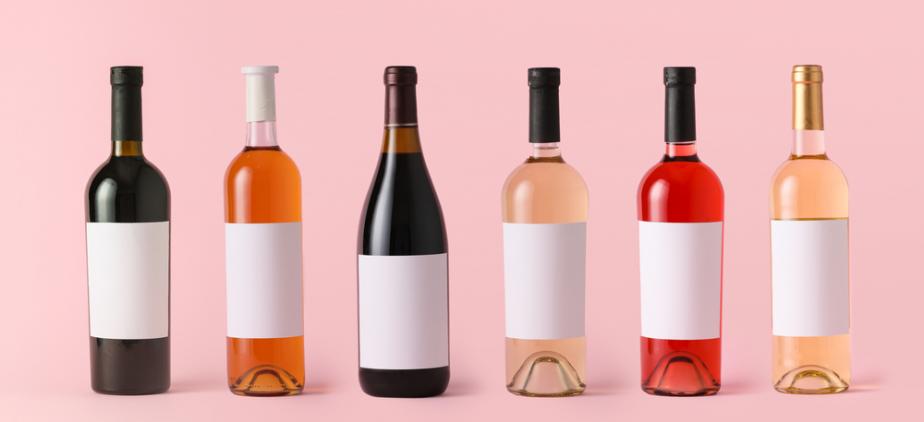
Selecting a wine can be a tricky feat when considering just how many there are on offer. Each has a different intricate label, yet many of us don’t know what we’re looking for beyond the price and the alcohol content. Despite this, when it comes to improving the contents of your wine rack, reading the labels is actually incredibly important. In fact, the label tells you everything that you need to know about the contents of a wine bottle. Whether you’re a wine connoisseur or the occasional drinker, you should certainly educate yourself on how to interpret wine labels. Thankfully, Cranville Wine Racks is here to help with our comprehensive guide to wine labels.
Brand/Producer Name
When selecting a bottle of wine, the first thing that you tend to notice is the brand or producer name. This tends to be the most prominent feature of the label and usually indicates the price point for the wine. For instance, a recognisable household brand tends to be relatively affordable, whilst a rare label usually indicates an inflated price.
Wine Name
After the brand or producer name, the next port of call tends to be the name of the wine itself. Typically, wines are either named after the grape variety that was used in production (such as Cabernet Sauvignon, Riesling, or Zinfandel) or the region in which it originated (including Champagne, Burgundy, or Veneto).
Geographical Indication
Speaking of the area of origin, this is also listed on wine labels and is known as the geographical indication or GI. The GI often refers to where the grapes were grown, but it may also touch on what varieties of grapes can be used, as well as how the wine should be made.
Different geographical indications are comprised of various factors that impact how the grapes ripen, which ultimately affects the wine’s style. As a result, it’s wise to educate yourself on some wine geography, as this will enable you to form expectations surrounding regional climate and grape varieties.
Grape Variety
As you can imagine, the grape variety is the greatest affecting factor when it comes to a wine’s flavour. As previously mentioned, the grape variety provides you with an indication of what to expect from the wine, as every variety results in unique characteristics that are now universally recognised. For instance, it’s widely understood that Sauvignon Blanc is a crisp and fresh flavoured white wine, whilst Malbec is a strong-tasting, full-bodied, fruity red.
Despite this, we know that not all wine labels will state the grape variety and opt for the region of origin instead. This doesn’t mean that you’re left in the dark about what the grape variety may be; you can do your research to discover which grape varieties are native to each region. Consequently, you’ll still be able to deduce what a bottle of wine might taste like.
Vintage
A lot of wine labels indicate that the wine is vintage, which refers to the year in which the grapes were harvested. As a result, the vintage of the wine indicates both its age and its quality. When considering the age of wine, many people are left wondering “Does wine go out of date?” Unfortunately, the answer to this question is entirely dependent on the type of wine.
For example, fine wines will benefit from being given time to age, as this will introduce new flavours; however, most wines are intended to be drunk when they’re fresh. So, to answer the question of “Does wine go off?”, unopened white wine will last one to two years past the printed expiration date, unopened red wine will last two to three years past the printed expiration date, cooking wine will last three to five years past the printed expiration date, and fine wine can exceed 20 years when stored properly.
Now, onto the vintage. In some regions, the climate will vary from year to year (Bordeaux is a prime example). Consequently, the ripeness and health of the grapes is impacted, which affects the wine’s quality and style. Therefore, some vintages will be considered more valuable due to the rarity or quality of the wine.
ABV
It’s a legal requirement for all wine bottles to display their alcohol by volume; however, it’s normally found on the back label. Typically, the alcohol percentage of wine will sit anywhere between 11% and 15%. If the ABV is below this threshold, the wine likely contains unfermented sugars for added sweetness. Meanwhile, ABVs that exceed this threshold are often fortified, which means extra alcohol has been added.
Browse Wine Display Racks at Cranville Wine Racks
Here at Cranville Wine Racks, we offer a multitude of wood and metal wine racks here. Be sure to browse our collection or contact us for more information.
 Designed and Manufactured in the UK
Designed and Manufactured in the UK 